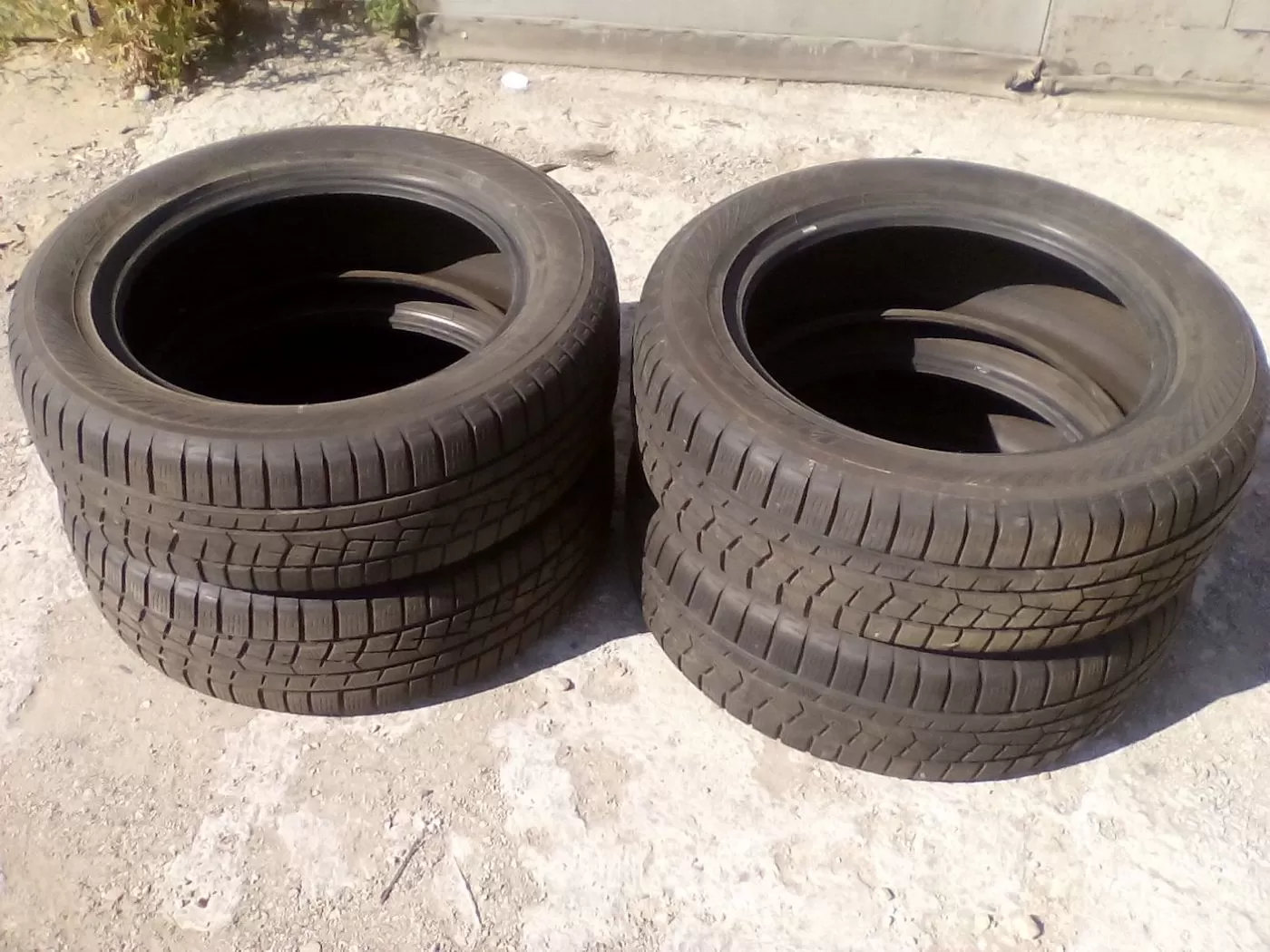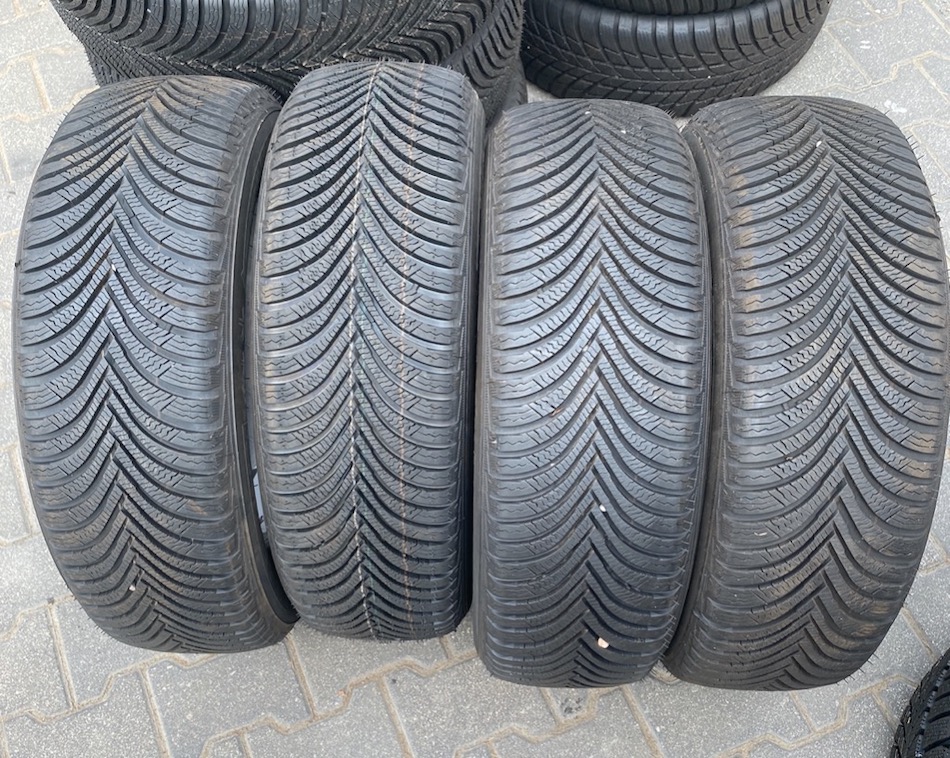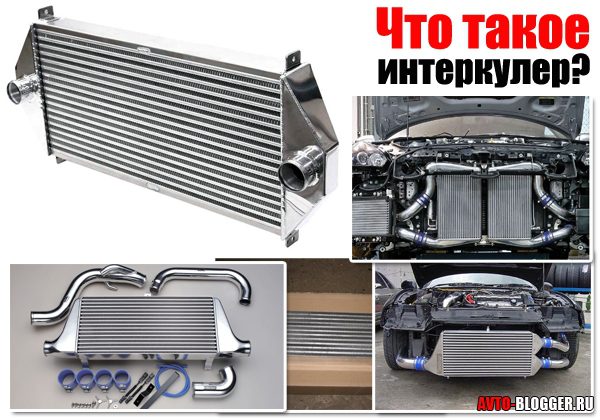
Advantages and disadvantages of Michelin and Yokohama
Content
After studying the characteristics, you can answer the question of which rubber is better: Yokohama or Michelin. The last manufacturer is the undisputed leader in terms of properties, but these tires belong to an expensive price category, which makes the comparison not entirely correct.
Before the onset of winter, motorists face the problem of choosing tires. Car owners want to find the best option in terms of price and quality. The choice is among popular brands. To decide which tires are better: Yokohama or Michelin, we studied the opinions of real buyers.
Advantages and disadvantages of Michelin tires
Michelin tires have both pros and cons.

Michelin tires
| Advantages | Disadvantages |
| Driving stability on clear ice, packed snow and icy surfaces | When using friction models, the trajectory of the car must be constantly adjusted |
| Predictable car behavior at near-zero temperatures, when dry asphalt alternates with wet | Rubber is difficult to attribute to the budget category (especially the manufacturer asks for a low profile) |
| Confident grip on any road surface | It is important to roll the tire correctly, otherwise the grip will deteriorate significantly during the season. |
| Tires are quiet (even studded types) | Buyers have complaints about the height of the tread and spikes - on a snowy icy track, the wheels can break into axle boxes |
| Michelin tires are leaders in the number of studs per wheel, and they do not have a tendency to fly out | |
| Confident starts and braking on a heavily icy road, in a porridge of snow and reagents | |
| Strong cord, resistant to shock at speed |
Pros and cons of Yokohama tires
Finding out which is better: Yokohama or Michelin tires, let's deal with the pros and cons of the Japanese brand's products.

Yokohama tires
| Advantages | Disadvantages |
| A wide range of sizes, many options for budget cars | On clear ice, tires (especially friction type) do not provide good directional stability. |
| In terms of cost, the products of a Japanese company are close to Russian brands with higher quality | Despite acceptable driving performance in conditions of swept tracks, tires respond to porridge from snow and reagents with a loss of stability |
| Stable handling on both icy and snowy road sections | |
| Good cross-country ability | |
| Rubber is quiet and soft | |
| The vehicle maintains directional stability in alternating areas of slush and icing |
Comparison of characteristics
To determine which rubber is better: Yokohama or Michelin, let's compare them operational features. Experienced car owners know that it is these characteristics that affect the choice of tires.
| Technical specifications | ||
| Tire brand | Michelin | Yokohama |
| Places in the ratings of popular auto magazines (Autoreview, Driving, Top Gear) | Occupies 5-7 positions | Rarely goes below line 6 |
| Exchange rate stability | Good in all conditions | On icy areas and in terms of reagents - mediocre |
| Passability on snow slush | If the layer of snow is not more than half the diameter of the wheel, the car will pass | Unsatisfactory |
| Balancing quality | Within 5-10g per disc | No complaints, some tires don't need weights. |
| Behavior on the track at a temperature of 0 ° C and above | Confident | Stability does not suffer much, but turns need to be passed by slowing down |
| Softness of movement | Tires are not too plastic, but not hard, which is why they are durable and strong | The rubber is soft, comfortable, but because of this, it does not tolerate hitting pits at speed |
| Country of Origin | Russia | |
| Standard sizes | 185/70 R14 - 275 / 45R22 | 175/70R13 – 275/50R22 |
| Speed index | T (190 km / h) - V (240 km / h) | T (190 km / h) |
| Runflat technology | Not all models | — |
Reviews car owners
To finally figure out which tires are better: Michelin or Yokohama, you need to read the opinions of buyers.
Yokohama
Motorists in Yokohama tires are attracted by:
- affordable cost;
- Velcro of the Japanese company is known for its softness and silence;
- characteristics, in some cases superior to those of products from more famous manufacturers;
- choice of sizes.
Michelin
Over 80% of Michelin tire reviews are positive. Buyers Appreciate:
- directional stability, little dependent on road conditions;
- strength, durability;
- safety - rubber provides predictable controllability of the car even at high speed;
- patency;
- large selection of sizes.
The disadvantage, according to customer reviews, is one - the cost. To a greater extent, this applies to sizes R16 and above.
Having received the necessary data, let's summarize which is better: Yokohama tires or Michelin tires. In terms of a set of parameters, Michelin is in the lead, but Japanese brand products are more popular among buyers. The reason is obvious - more budgetary cost. Yokohama is a “strong middle peasant”, while Michelin is a rubber of a different price range, for the characteristics of which you have to pay.
